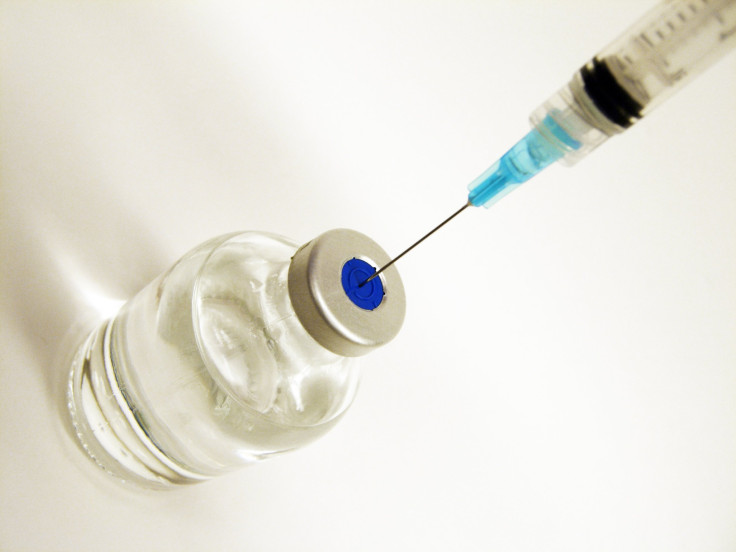
UPDATE: HIV Cure News: Could Mushrooms Contain Ingredient Toxic To HIV, Smallpox And Other Dieseases?
Since its discovery in 1981, AIDS has been a worldwide epidemic that has claimed more than 25 million lives. Current estimates suggest that 33.4 million of people on our planet are living with AIDS and according to the World Health Organization (WHO), a vast majority of those living with H.I.V. do not have access to prevention, care and treatment. In the Latino community, according to the Centers for Disease Control and Prevention (CDC), the H.I.V. epidemic is a serious public health concern. Latinos reportedly account for 20 percent of new H.I.V. infections in the United States and statistics suggest that 1 in 36 Latino men and 1 in 106 Latina women will be diagnosed with H.I.V. at some point in their life. The CDC has found that the challenges that the Latino communities face is the lack of awareness coupled with a number of contributing factors including: behavior risk factors, sexually transmitted infections (STIs), fear of stigmatization and discrimination, cultural and socioeconomic factors and the fear of disclosure.
But now there is some good news on the horizon regarding HIV/AIDS cure, as researchers at the Oregon Health & Science University have found success in curing HIV in monkeys. According to Dr. Picker--whose study was published in Nature last week -- 16 monkeys with simian immunodeficiency virus (similar to H.I.V.) were tested with his vaccine and nine were protected. The shocking finding was not in the monkeys that lived or were "protected," but rather, in the finding that the monkeys were slowly "cleared" of the virus and are seemingly cures. "Three years later, you can't tell them from other monkeys," said Dr. Picker. "It's like their T-cells were turned into the East German secret police, hunting down infected cells until there were none left."
The New York Times reports that the head of the National Institute for Allergy and Infectious Diseases, Dr. Anthony S. Fauci, calls the findings to be "unique" and the director of the Human Vaccine Institute at Duke University's medical school, Dr. Barton F. Haynes, has stressed that it is "potentially extremely important to understand how this happened." And right they are! Thus far, no AIDS vaccine has been used to successfully eliminate an existing infection. The closest cases, historically speaking, of eliminating the disease can be found in the "Berlin Patient" Timothy Ray Brown and the Mississippi baby. The Berlin patient was infected with H.I.V. and was cured by injecting bone marrow from a donor with a rare H.I.V.-blocking mutation and the baby was born to a mother infected with H.I.V. but cured with a large (and early) dose of antiretroviral drugs. While it is believed the virus is gone for both of these patients, it is impossible to know if every piece of tissue is virus-free.
That said, Dr. Picker's study managed to find out whether the vaccine truly eliminated the virus by grinding up every organ and taking 240 samples from each to ensure the virus is not hidden in tissue. The findings of the study were clear: Half the monkeys were protected from the virus. "Now the outstanding question is, 'Why only half?' "said Dr. Mike McCune, an AIDS researcher at the University of California, San Francisco. "Not all monkeys are the same. They're not as inbred as mice, but they're sometimes from the same families, they get the same diets... Who knows what will happen if this goes into humans?" The world will soon find out once the human version is ready, which according to Picker, will take three years.
© 2025 Latin Times. All rights reserved. Do not reproduce without permission.





